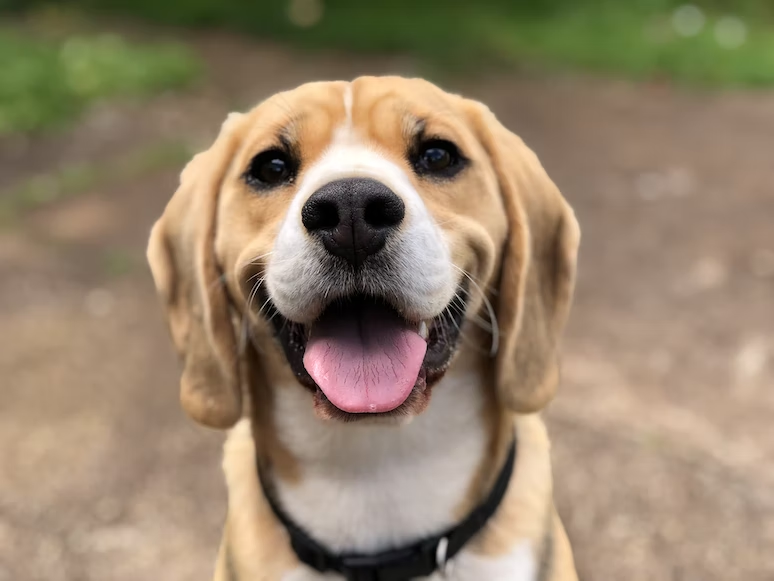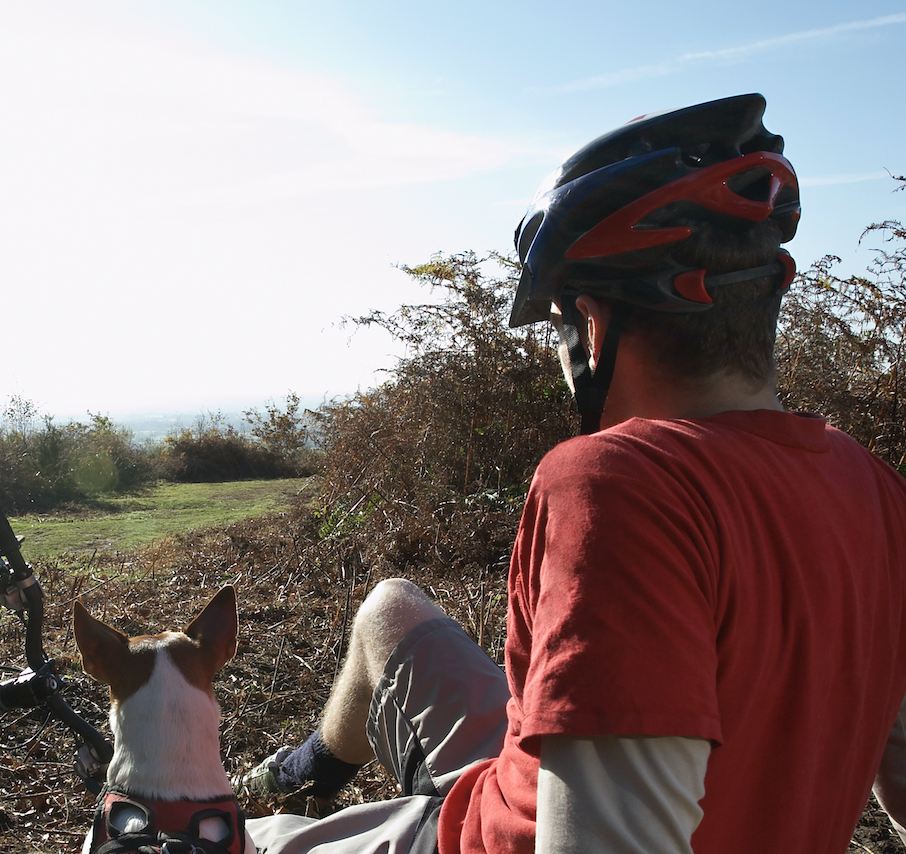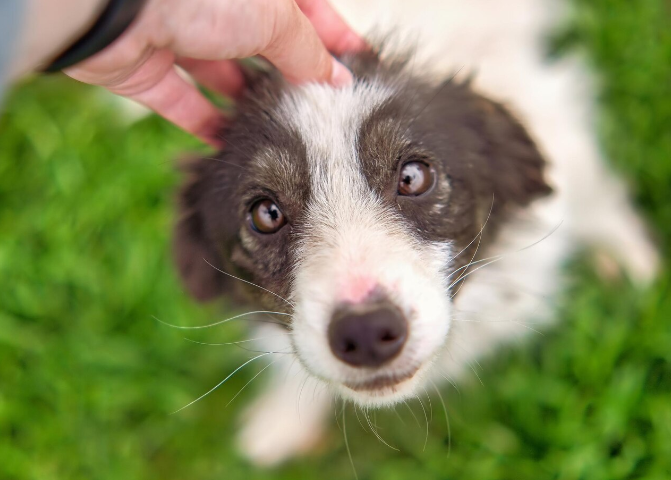
Dogs are known as man's best friend, but even the friendliest dogs can show aggression towards other animals, causing harm or injury. As a pet owner, it is important to train your dog not to attack other animals. A well-trained dog is safer for other animals, the dog owner, and the community.
Training a dog not to attack other animals requires patience, dedication, and consistency. This article lists some tips and techniques to help train your dog not to attack other animals.
Socialize Your Dog
Socialization is a crucial aspect of dog training. Socialization involves exposing your dog to different animals, people, and environments as early as possible. The goal of socialization is to make your dog comfortable around other animals, reducing the chances of aggression towards them.
You can also your dog in socialization classes, where they can interact with other dogs in a controlled environment. Remember, it's imperative to learn about animals before trying to train them.
A well-socialized dog is less likely to become anxious, fearful, or aggressive when it encounters unfamiliar animals or situations. Therefore, it is best to start socializing your dog as early as possible. Puppies, for instance, should be exposed to other animals as soon as they receive their first set of vaccinations.
Use Positive Reinforcement
Positive reinforcement is a training technique that rewards your dog when they display good behavior. For example, when your dog behaves well around other animals, such as sitting calmly or ignoring them, you should reward them with treats, praise, or affection. Positive reinforcement is an effective way to encourage your dog to repeat good behavior and a humane and gentle way to train your dog.
It is important to remember that dogs respond well to positive reinforcement, and punishment or negative reinforcement can cause anxiety, fear, or aggression toward other animals.
Teach Basic Commands
Teaching your dog basic commands is essential to train them not to attack other animals. Basic commands such as "sit," "stay," and "leave it" can help you control your dog's behavior around other animals. The "leave it" command is particularly useful when you want your dog to stop engaging with another animal.
Teaching your dog basic commands requires patience and consistency. You can start by teaching your dog one command at a time and rewarding them when they get it right. Once your dog has mastered one command, you can move on to the next one.
Keep Your Dog on a Leash
Keeping your dog on a leash when you're out with them is an important part of training them not to attack other animals. In addition, a leash prevents your dog from running off and attacking other animals, giving you more control over your dog's behavior.
When walking your dog, keep the leash short and close to your body. Avoid using retractable leashes, as they can make it harder to control your dog. When you see another animal, move your dog to the other side of the sidewalk and use positive reinforcement to encourage them to stay calm.
Supervise Your Dog
Always supervise your dog when you're around other animals. Supervision means keeping a close eye on your dog's behavior. If you notice your dog becoming anxious or aggressive towards another animal, remove them immediately. You can distract your dog with treats or toys to redirect their attention to the other animal.
Consult with a Professional
If your dog has a history of aggression towards other animals, it's best to consult with a professional dog trainer or behaviorist who can help you address the issue. A professional trainer can work with you and your dog to develop a training plan that addresses the underlying causes of aggression and helps your dog learn new behaviors.
A trainer can also teach you how to read your dog's body language and prevent aggressive behavior.
Tips for Preventing Dog Aggression
In addition to the tips discussed above, you can do several other things to prevent dog aggression toward other animals.
1. Exercise your dog regularly: Regular exercise is essential to a dog's physical and mental well-being. A well-exercised dog is less likely to become bored, anxious, or aggressive toward other animals.
2. Spay or neuter your dog: Spaying or neutering your dog can help reduce their aggressive behavior towards other animals, particularly other dogs;
3. Avoid triggering situations: Avoid situations that may trigger your dog's aggressive behavior, such as crowded places or unfamiliar animals;
4. Be a responsible pet owner: As a responsible pet owner, you should always clean up after your dog, keep them up-to-date with their vaccinations, and prevent them from roaming or becoming a nuisance to other animals;
5. Avoid punishment-based training: Punishment-based training methods, such as physical discipline or scolding, can actually worsen aggressive behavior in dogs. Punishment can create fear and anxiety, leading to defensive behavior and increased aggression toward other animals.
Instead, focus on positive reinforcement and reward-based training methods, such as treats, praise, and toys, to encourage good behavior. This will create a positive association in your dog's mind with good behavior, making them more likely to exhibit that behavior in the future.
If you're having difficulty training your dog, consider consulting with a professional dog trainer who uses positive reinforcement methods.
Training a dog not to attack other animals is essential to responsible pet ownership. However, it requires patience, dedication, and consistency. Socializing your dog, using positive reinforcement, teaching basic commands, keeping your dog on a leash, supervising your dog, and consulting with a professional are all effective ways to train your dog not to attack other animals.
Following these tips can help your dog become a well-behaved and responsible pet, reducing the risk of harm or injury to other animals, yourself, and the community. Remember, training takes time, but you can help your dog become a loving and friendly companion with patience and consistency.











